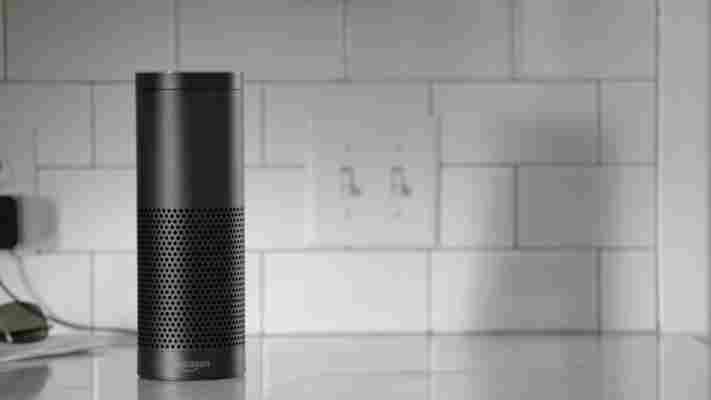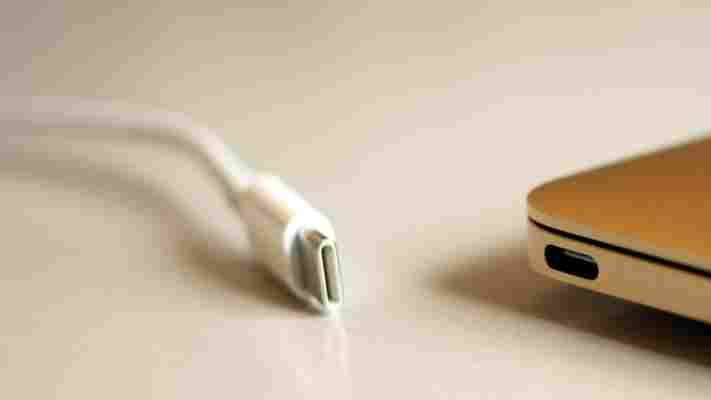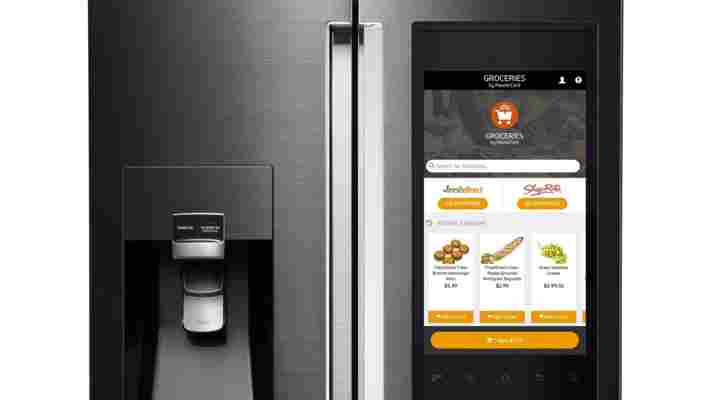Amazon Alexa’s new feature could be the best or worst thing for your bank account
Amazon has teamed up with Capital One Financial Corporation to let you make a number of bank transactions using only your voice with the company’s Alexa-enabled devices like the Echo , Tap and Echo Dot .

Once you’ve turned on the Capital One skill in the Alexa app, you can check your credit card account’s balance, review past transactions, make payments, and get information about your checking and savings accounts.
You can ask questions like:
“Alexa, ask Capital One for my Quicksilver Card balance.”
“Alexa, ask Capital One for recent transactions on my checking account”
“Alexa, ask Capital One when is my credit card payment due?”
“Alexa, ask Capital One to pay my credit card bill.”
Capital One says its transactions are fully encrypted so not even Amazon can see them. The new skill for Alexa also lets you set a custom four-digit security code to prevent unauthorized access.
Though I’m all for making repetitive tasks like paying bills more efficient and convenient to tackle, I can’t help but feel that this could go very badly for some people.
Sure, it’s not like you’re using Alexa in a public place and loudly calling out your credit card PIN, but this new feature is just the kind of thing hackers try to exploit in creative ways.
They could, for example, use mics and cameras (or access feeds from security equipment that’s already installed) to learn your security code when you converse with Alexa.
If you don’t use a passphrase, they could try to gather details about your bank account when you’re not around by asking Alexa and then use that information for more invasive social engineering hacks.
Sound a bit far-fetched? Perhaps — but if you consider the number of non-traditional ways you can break into computer systems, maybe these aren’t all that much of a stretch.
Quartz reported that an NPR radio segment triggered an Amazon Echo to adjust its owner’s home thermostat to 70 degrees. Who’s to say hackers won’t one day try to take over a broadcast station and command Alexas around town to transfer funds to their accounts?
I don’t mean to imply that companies shouldn’t work on ways to make our lives easier. But the idea of simplifying processes for private matters like paying your bills or viewing your medical records needs — without introducing appropriate security and identity verification measures — scares me.
➤ Capital One to let users pay bills via Amazon’s Echo [Associated Press]
Say goodbye to faulty USB-C cables once and for all
USB-C cables are supposed to be the end to all our wire woes, thanks to their ability to carry power and data simultaneously, as well as their reversible design.

However, some manufacturers flooded the market with faulty cables that aren’t compliant with the specification and don’t work.
Thankfully, the USB Implementers Forum (USB-IF), which maintains the USB-C standard, announced a new protocol to protect consumers from the dangers of low-quality gear and make it a thing of the past.
The USB Type-C Authentication specification will allow host devices, such as your computer or phone, to verify if an accessory, such as a charging cable, is certified by the USB-IF.
This information is instantly transmitted using 128-bit encryption even before data or power connections are established.
In addition, the specification will allow better control over how devices work with each other. For example, a bank could set up all of its computers to only work with flash drives certified as safe for use by its IT department.
The USB-IF says that devices could add support for these new specifications through software updates, but cables and accessories made before this protocol was introduced will have to be replaced.
That should make it easier to buy USB-C accessories in the future. Last year, a Google engineer busied himself with the task of reviewing USB-C cables available online to let people know which ones were duds. Amazon followed his lead earlier this month and banned the sale of non-compliant USB-C cables on its site.
Samsung’s new fridge has a built-in grocery store
While Samsung’s ‘ Evernote fridge ‘ from 2013 was little more than a novelty concept, the new Family Hub refrigerator, unveiled today at CES , is a much stronger attempt to reboot the kitchen appliance.

Equipped with a 21.5-inch touchscreen and running Samsung’s Tizen operating system, the fridge aims to be center of your family’s life. It comes loaded with an app called Groceries, that has been developed in partnership with MasterCard Labs. You’ll be able to order food directly from the fridge door, and you’ll receive recommendations for other items as the app learns what you like.
There’s a companion mobile app that allows family members to add items to be added to the household’s next order. It’ll also allow you to see what you’ve already got in stock from wherever you are, via a camera built into the fridge.
MasterCard’s promo video for the Groceries app
Beyond the Groceries app, the fridge’s screen can display family calendars, videos and more.
If you’re in the North East USA, you’ll be first to get a chance to buy the Family Hub as of May this year. MasterCard Labs has partnered with grocery chains FreshDirect and ShopRite, as well as MyWebGrocer to kick things off, but more outlets will be added over time as the fridge goes on sale in more markets around the USA and the world.
Credit: MasterCard
Samsung, like most major manufacturers, is going big on the connected home at CES this year, with its 2016 smart TVs acting as control centers for the smart appliances with which it wants you to fill your home.
